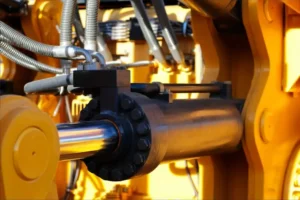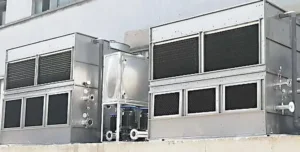Regarding the induction furnace prices, you must know 20 attention points.
1. Technology and specifications: The technical features and specifications of induction furnaces also have a significant impact on price. Ví dụ, a furnace that uses advanced technology or has more features may cost more.
2. Brand and manufacturer: Different manufacturers and brands have different pricing strategies. Some well-known brands may set higher prices, while some emerging brands may be more competitive.
3. Energy efficiency and energy saving features: Certain induction furnaces may have higher energy efficiency and energy saving features, which may result in a higher initial price, but will save on energy costs in the long run.
4. Materials and quality: The materials used, the quality and durability of the furnace will also affect the price. Higher quality materials and more durable furnaces are usually more expensive.
5. Market demand and regional factors: Market demand and availability in different regions can lead to price differences. Some regions may have higher demand or higher shipping costs, all of which can affect the price.
6. Additional features and customisation needs: If you need special customised features or additional add-ons, this may increase the price of the furnace.
7. After-sales service and support: Some manufacturers offer more comprehensive after-sales service and support, which may be reflected in the price.
8. Industry standards and certifications: Some industries may have specific certification requirements for the equipment, for example, the food processing industry may require certification to specific hygiene standards. If the equipment needs to meet these standards, this may add to the cost.
9. Transport and installation costs: There may be additional costs associated with transporting large equipment, especially if the furnace needs to be shipped internationally. There may also be additional costs for installation and commissioning.
10. Economic factors and market fluctuations: Economic factors such as market supply and demand, raw material price fluctuations, and inflation may also affect the price of the equipment. An abundance of supply during certain periods may drive prices down, while a surge in demand may push prices up.
11. Customisation and special needs: If you have specific customisation needs, such as special sizes, specific materials, custom control systems, vân vân., this may increase the cost of the furnace.
12. Warranty and insurance: Different warranty and insurance policies may also have an impact on the price of the unit. A longer warranty or more comprehensive insurance may add to the overall cost of the equipment.
13. Replacement and maintenance costs: In addition to the purchase cost, the replacement and maintenance costs of the equipment need to be considered. Ví dụ, parts replacement, regular maintenance, repairs, and upgrades can increase the overall cost of using the equipment.
14. Market competition and promotions: Competition in the marketplace may cause manufacturers to offer promotional discounts or special offers, which may result in a lower price for the equipment.
15. Quantity purchased and wholesale discounts: If you plan to purchase multiple induction furnaces, some manufacturers may offer wholesale discounts, which may lower the average price per furnace.
16. Finance options and loan rates: Some manufacturers or dealers may offer finance options or loan programmes, which may affect the total cost of purchasing the equipment, especially the difference in interest rates.
17. Taxes and duties: Tax policies and duty levels in different regions may also have an impact on the price of equipment. Sometimes, certain regions may impose additional taxes on imported equipment, which may increase the overall price of the equipment.
18. After-sales support and training: Some manufacturers may offer additional after-sales support and training services, which may be reflected in the initial cost, but can provide greater value for the long-term use of the equipment.
19. Technology updates and future costs: Considering that technology is constantly evolving, the cost of future technology updates and upgrades also needs to be considered. Some equipment may need to be updated periodically to remain competitive or to meet industry standards.
20. Leasing options: If the cost of purchasing is high, leasing equipment may be an option. The cost structure of leasing may vary, but the total cost of a long-term lease and ownership issues need to be considered.








